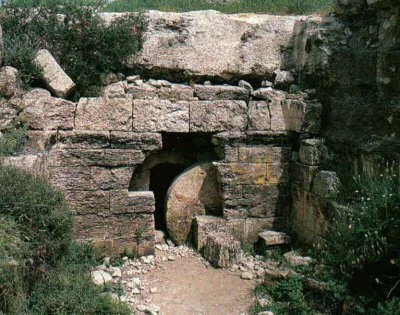How Much Evidence Is Required for Christ’s Resurrection?
Here’s a simple and effective argument to use when contending for the truth of Christ’s resurrection.
According to John Warwick Montgomery . . .
The issue here is a miracle: a resurrection. How much evidence is required to establish such a fact? Could evidence ever justify excepting it?
Phenonmenally (and this is all we need worry about for evidential purposes) a resurrection can be regarded as death followed by a life, D. then L. Normally, the sequence is reversed, thus L. then D.
We are well acquainted with the phenomenal meaning of the constituent factors (though we do not understand the “secret” of life or why death must occur), and we have no difficulty in establishing evidential criteria to place a person in one category rather than in the other. Thus the eating of fish (Luke 24:36-43) is sufficient to classify the eater among the living, and a crucifixion among the dead. In Jesus' case the sequential order was reversed, but that has no epistemological bearing on the weight of evidence required to establish death or life. And if Jesus was dead at point A, and alive at point B, then resurrection has occurred.
From John Warwick Montgomery, “A Revelational Solution” in Human Rights and Human Dignity (Grand Rapids, Zondervan, 1986), 154-155.
